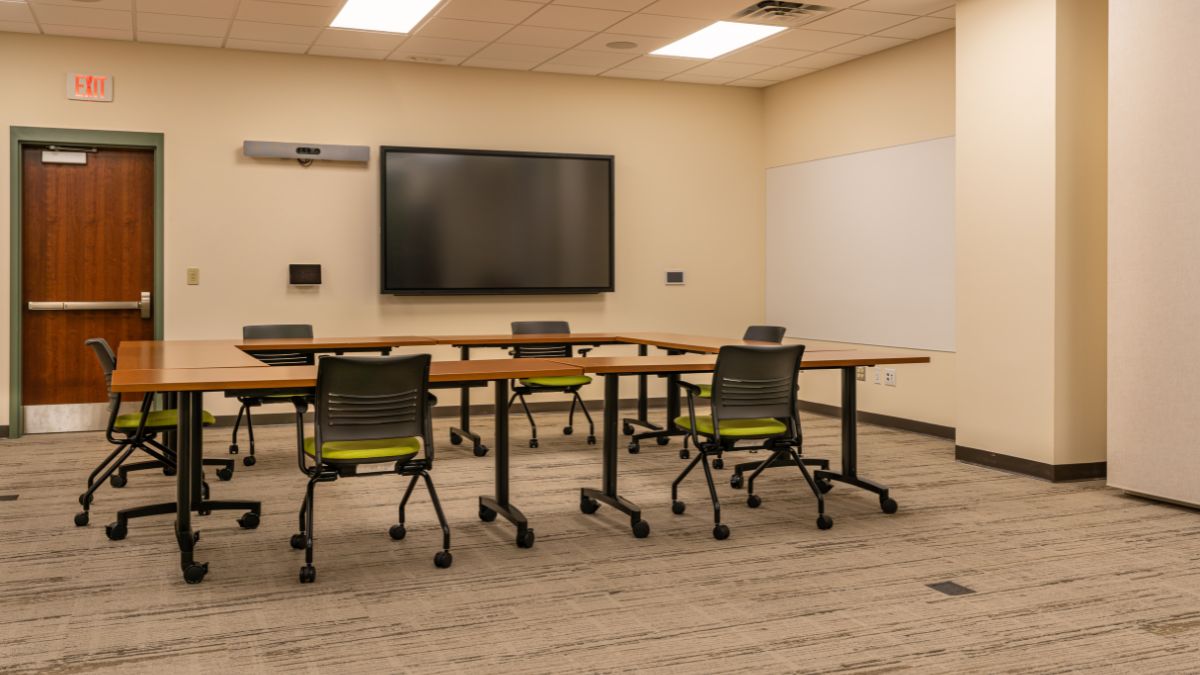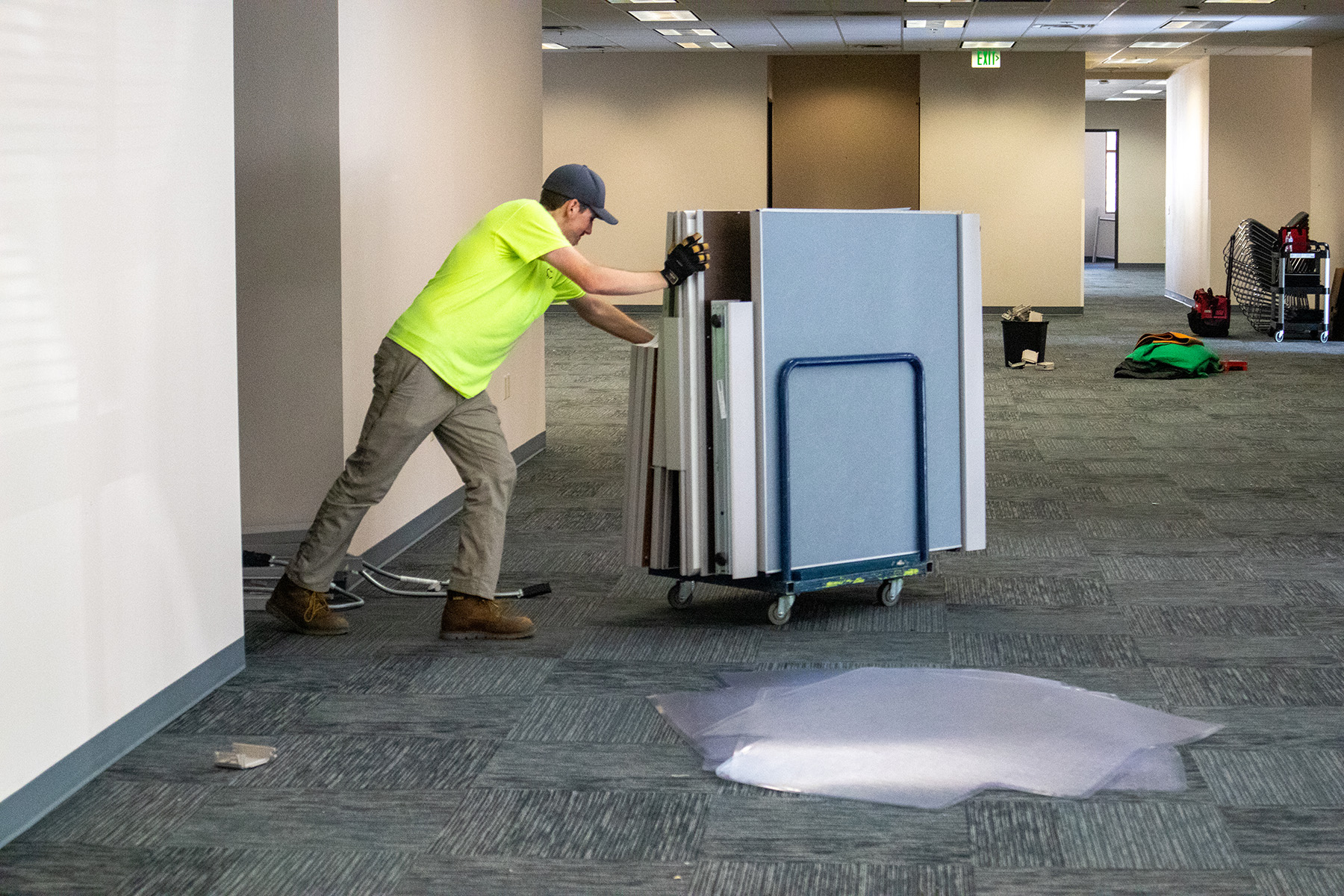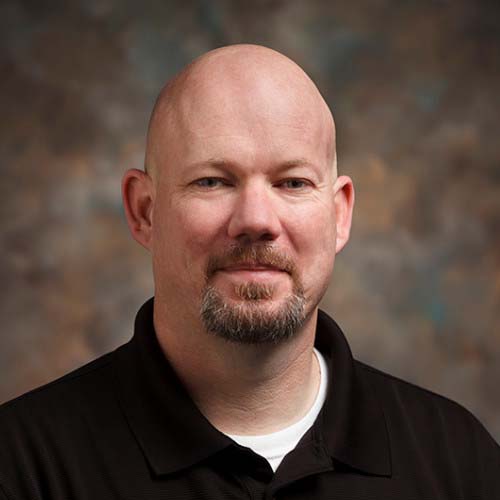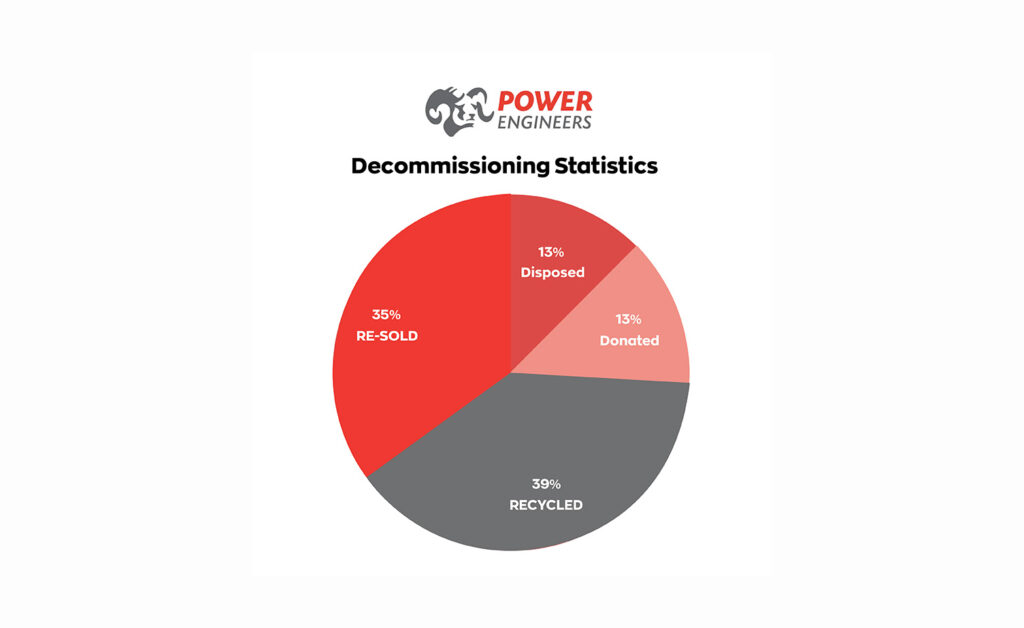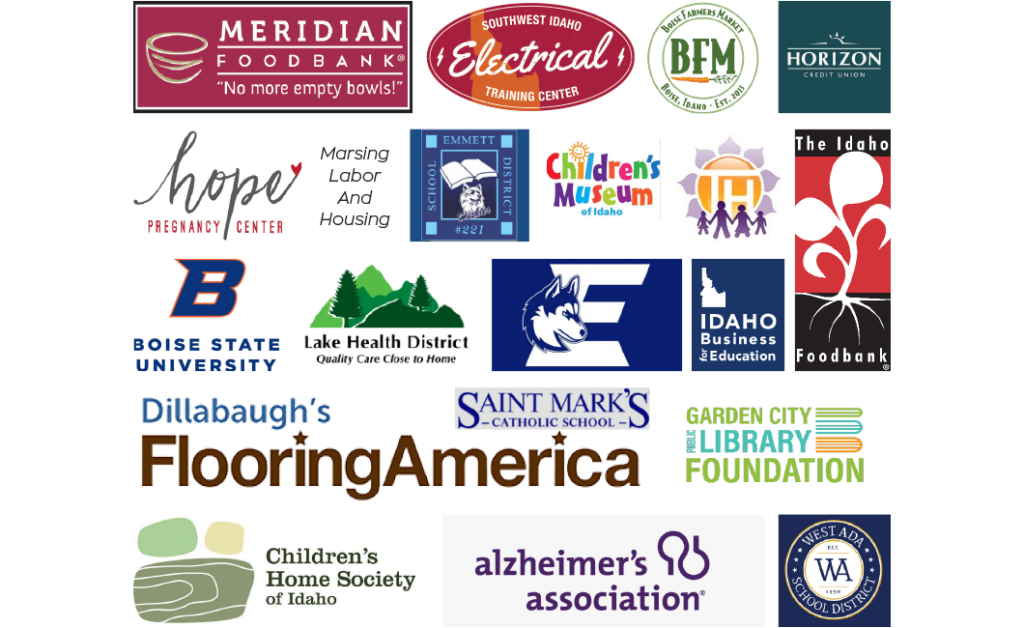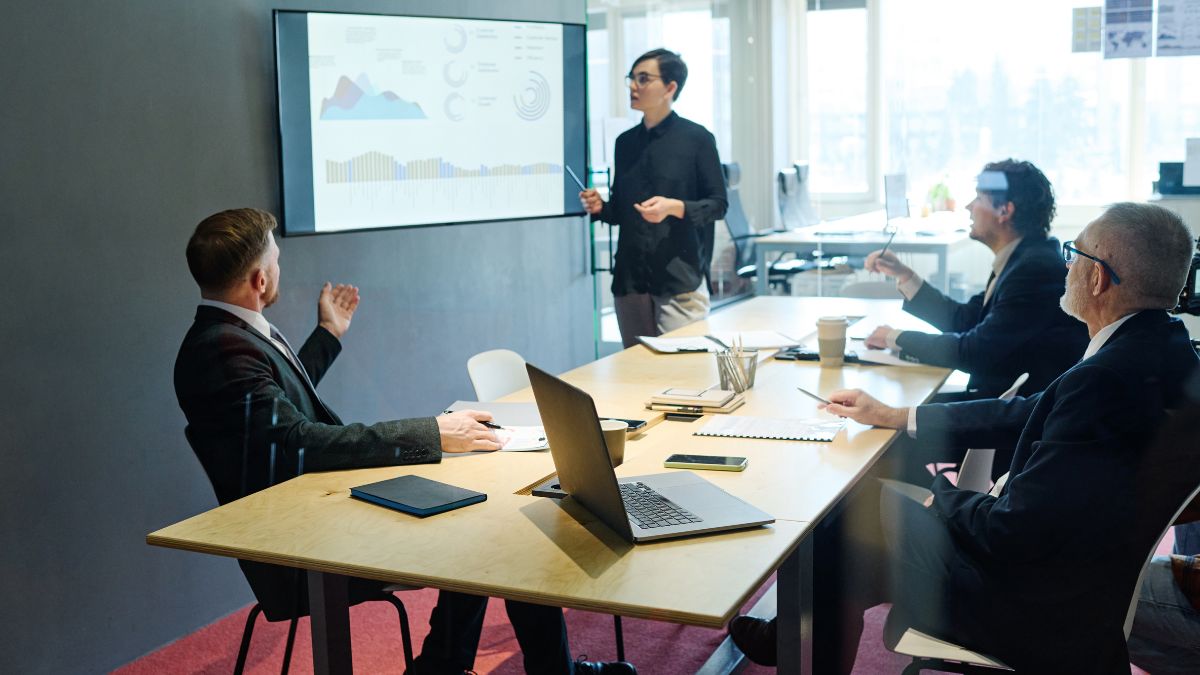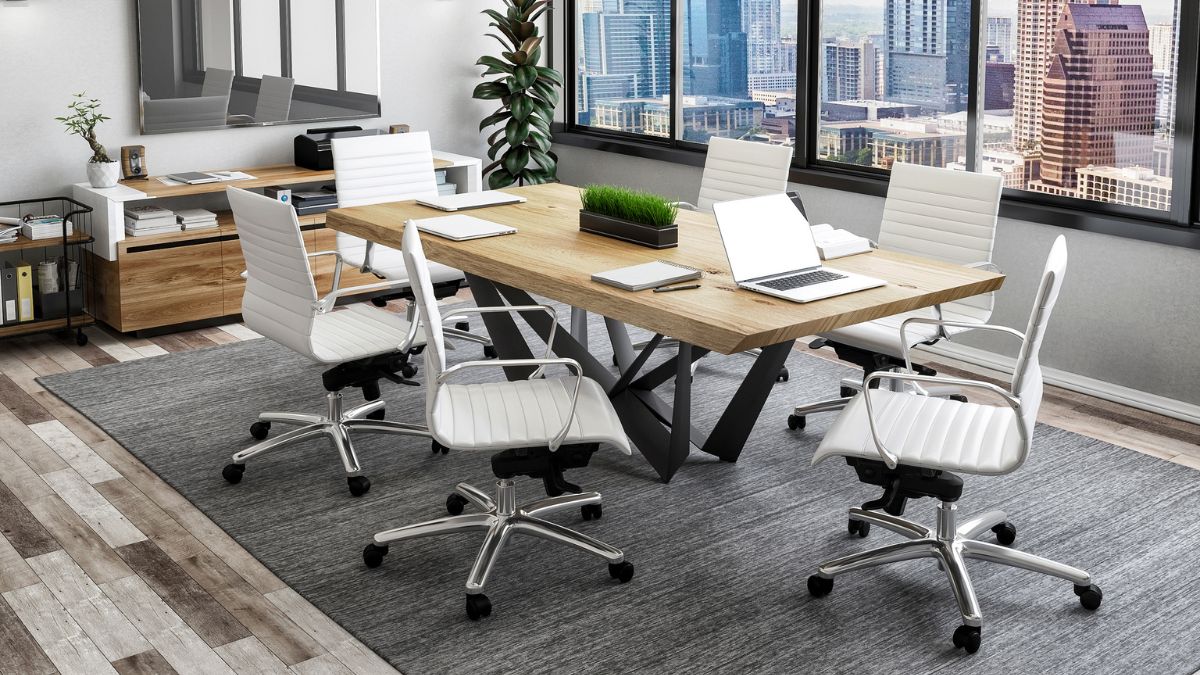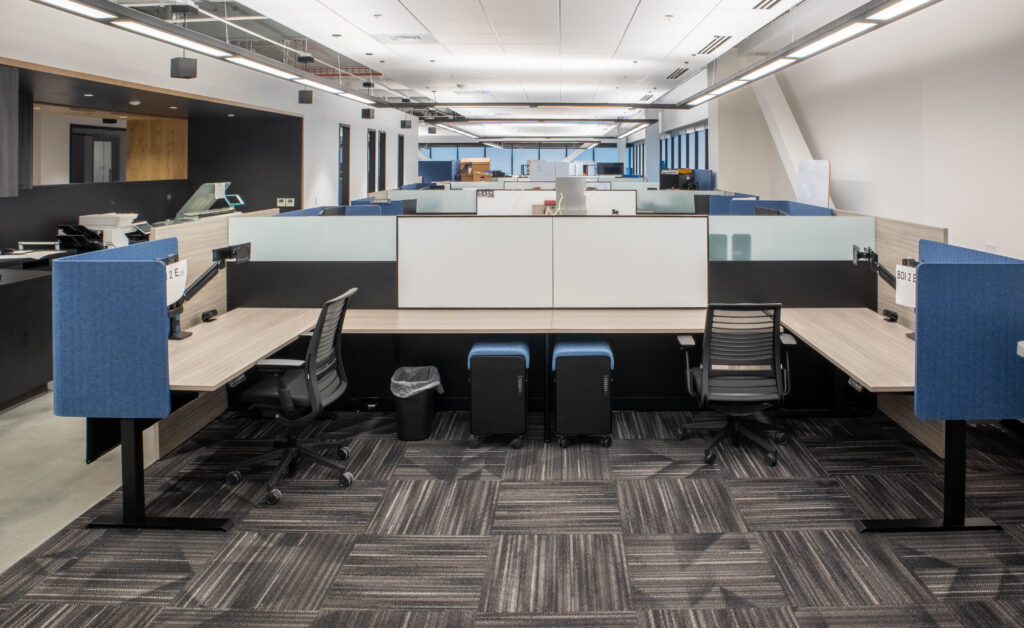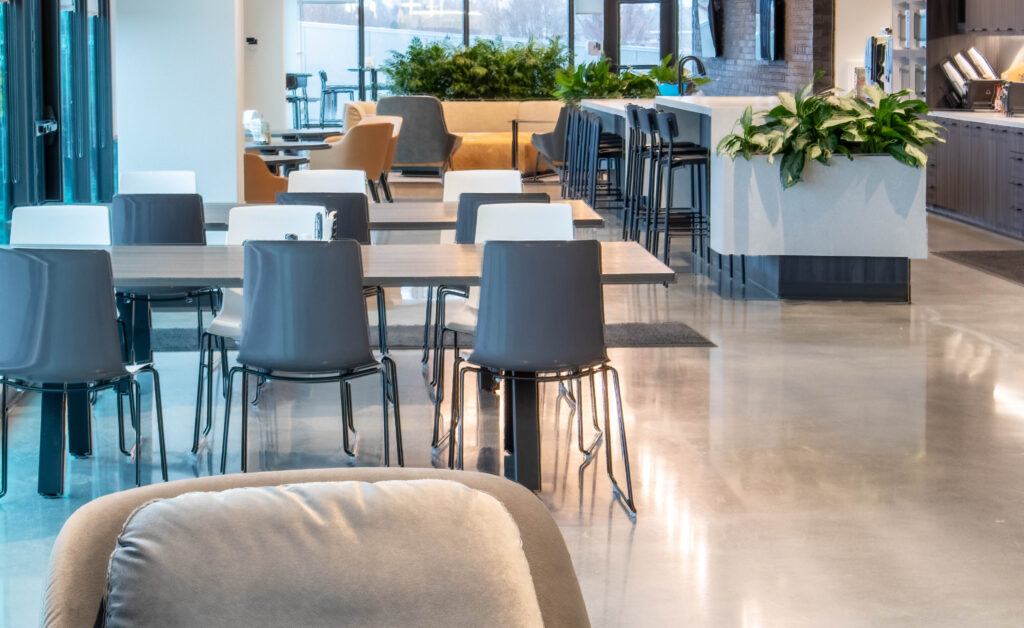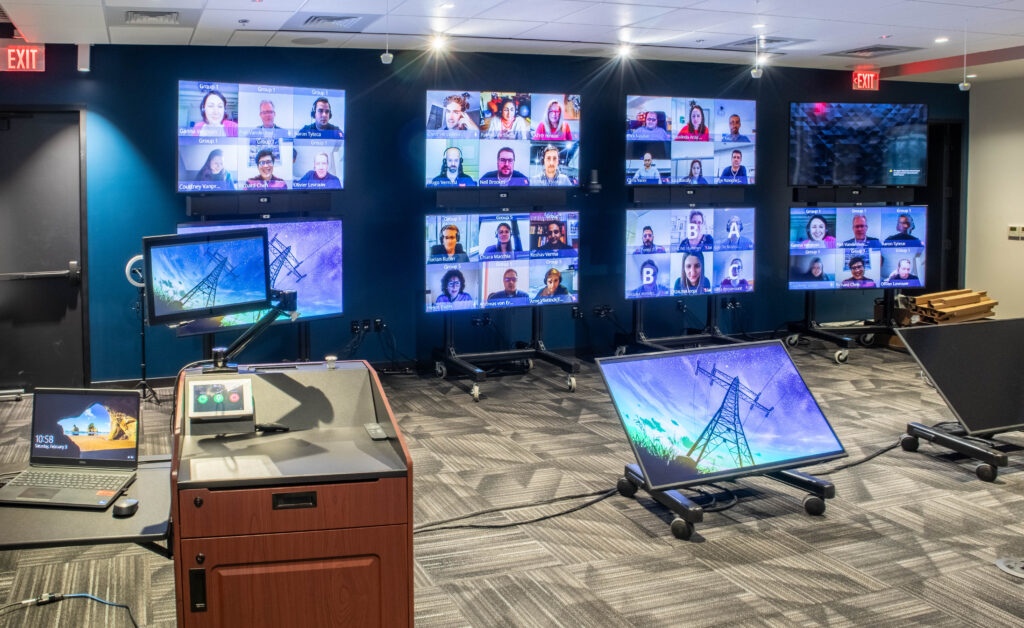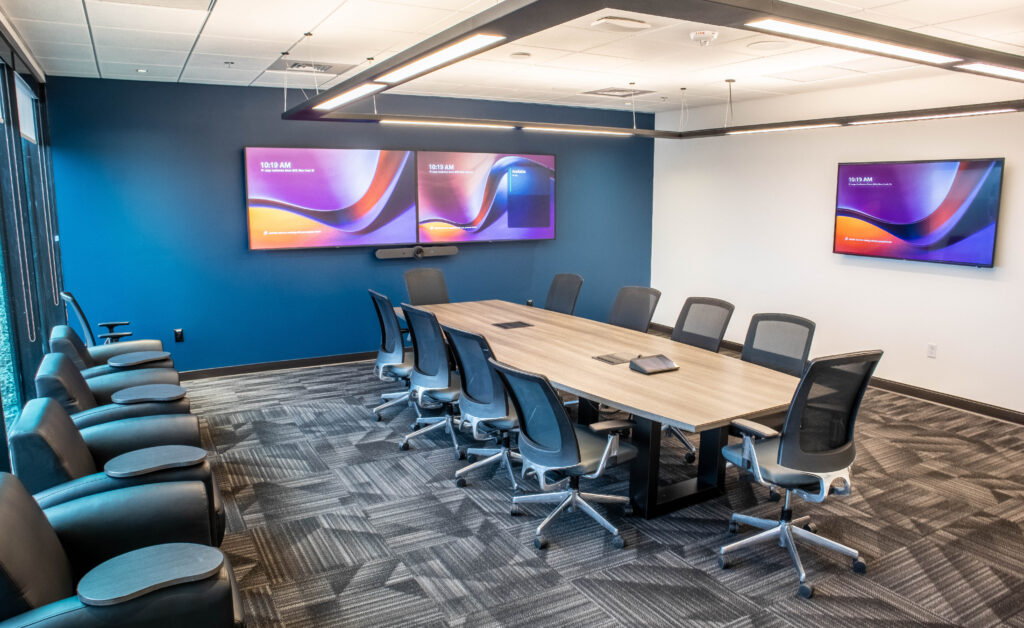In the basement of the BRS Architects office, there is a wall of tightly wound plan sets. They are set stacked atop each other with small tags dangling from the ends delineating which project they contain. A good eight feet tall, these stacks of plans represent only a portion of the projects the company has participated in over the last 50 years. It is an architecture firm’s legacy in plain view if there ever was one. The projects within these pages span everything from commercial and community spaces to retail and government buildings and celebrate 50 years of business. BRS Architects principals Andrew Davis, Trent Koci, Joe Thompson, and Mark Anderson share the story.
As with any good story, you must start at the beginning. In 1974 Billy Ray Strite started an architecture firm in what used to be a turkey coop. He and partner Clinton Yaka cleaned out the old coop, put in a wood stove for heat, and got to work. What began as a small firm between two men in Idaho would grow to a seventeen-person operation covering the western United States, Alaska, and Hawaii. During that time, the firm collected what it regards as family members rather than employees. Principal Trent Koci has personally been with BRS for 37 years; having started there in high school. Many others have made the firm their home and plan to remain for the long haul.
During the last 50 years, the principals reflected on some of their favorite projects including the JA & Kathryn Albertson Foundation Building, the Arid Club, Barbacoa, and numerous TIs in the 11th & Idaho building to name a few. Each of these buildings has brought something unique to Boise.
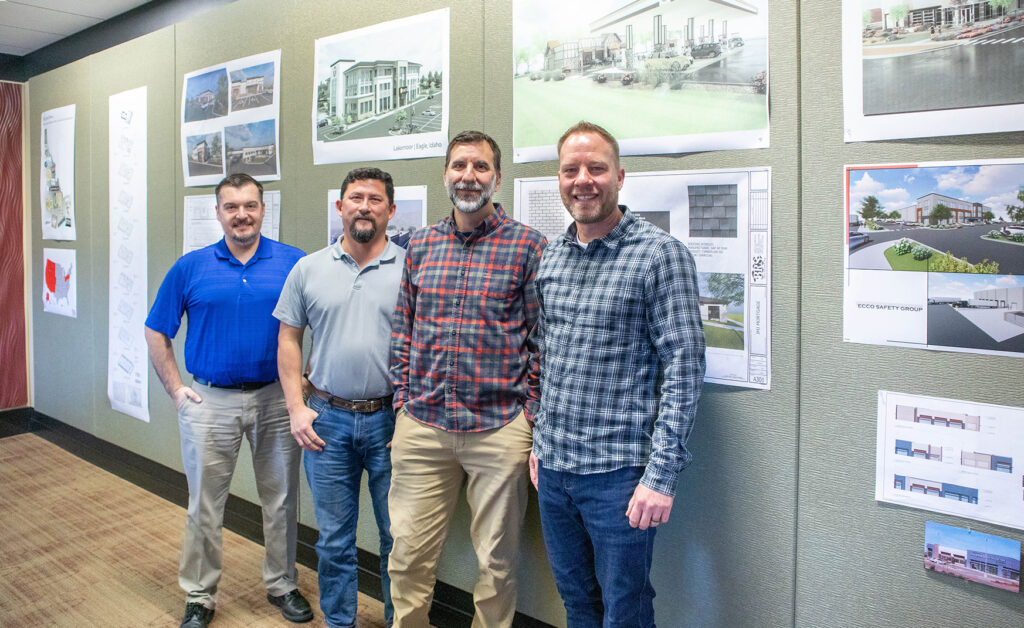
As to projects that currently excite the principals, there are many. Joe Thompson has enjoyed working on the Children’s Museum addition in Meridian because it is so community-focused. Andrew Davis is working on an exciting restaurant in Star that will have multiple different dining and bar experiences in one location. Trent Koci shares how fulfilling it has been to see Spitfire Tacos open for business in Eagle as it took years in the making. Finally, Mark Anderson highlights Stuerman’s Wine and Cigar in Eagle as his recent favorite project to work on.
Such a diverse group of projects gives a glimpse into how BRS Architects has remained successful over the last half-century. “No project is too small,” says Joe Thompson. “We take very diverse projects from retail and multifamily to government and industrial. I think that diversity is what has helped us maintain the company for so long. We can do a large BSU project or a small restroom remodel if that’s what the client needs.”
Our tagline is ‘Ideas. Advice. Solutions.’ and we take a lot of pride in that. We provide the best advice we can and implement the client’s decisions to ensure their building works for them.
Andrew Davis | BRS Principal & Owner
As to how they approach these different projects, Andrew Davis shares their philosophy. “Our tagline is ‘Ideas. Advice. Solutions.’ and we take a lot of pride in that. We provide the best advice we can and implement the client’s decisions to ensure their building works for them. Whether they follow our advice or not, we want to help them move forward and ultimately provide solutions that leave them with a successful project.” How they approach each project can vary greatly, so BRS pivots when necessary. Based on the client’s experience with building and designing, they will offer a different level of involvement. Ultimately, they determine their client’s needs and tailor their services to fit those needs.
Part of their recipe for success is their team approach. No matter the project type, their approach is to look at it as the owner, the contractor, and the design team in addition to officially being on the architect and engineering side. They collaborate with multiple teams to find solutions that will lead them to a successful project.
And how do they measure success? With repeat business of course! BRS has extremely loyal clients who don’t want to work with anyone else. That is a major reason they have expanded their licensure into so many states. BRS will begin a project in Idaho and then have the client bring them in on an out-of-state project. The same is true in the Boise market. “A relative of mine works at TOK,” says Thompson, “and he says that when digging through the various buildings they manage, it seems like every other one is a BRS drawing.” You just can’t fake that kind of quality.
While there is no question BRS Architects has had a significant impact on the Treasure Valley, what they will do in the next 50 years is yet to be seen. Whatever the future holds, you can be certain that they will continue to tackle diverse projects. After all, no project is too small for some big ideas, great advice, and ingenious solutions from the BRS team.
Receive our Newsletter
To receive our newsletter, including new editions of spaces and other digital content, fill out the form:


